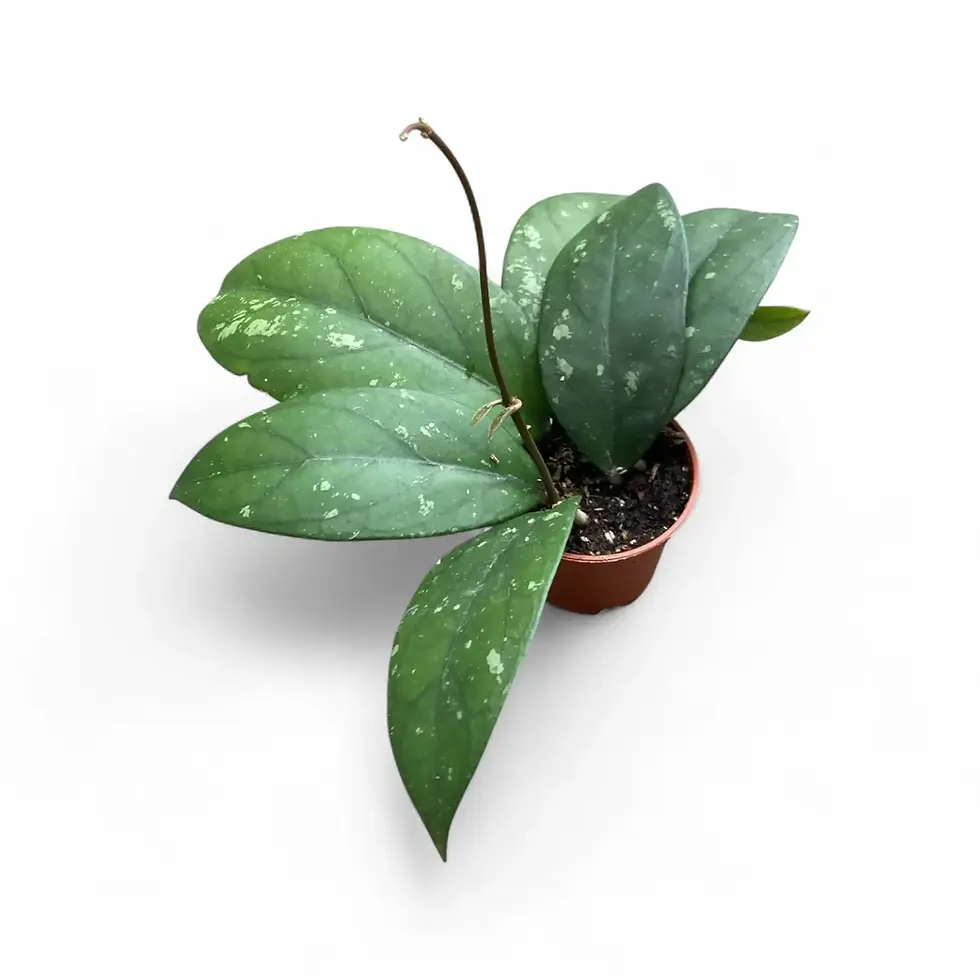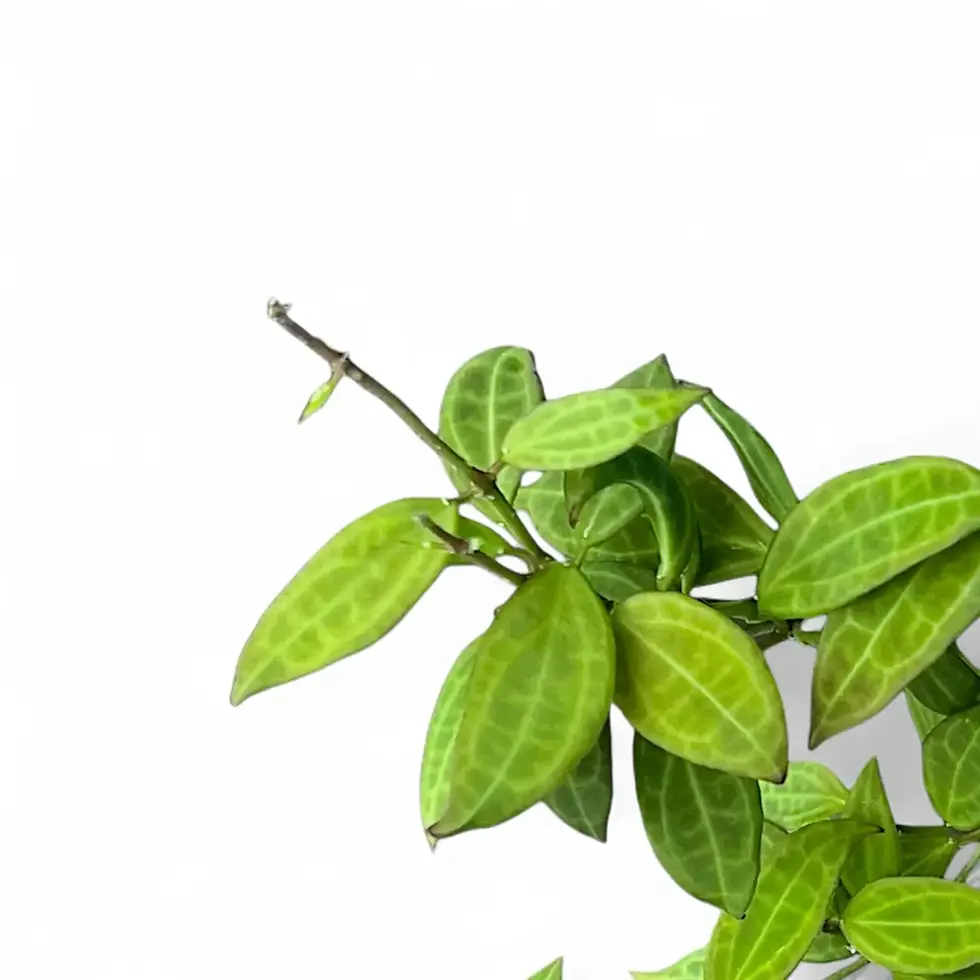Aphelandra squarrosa – Care Guide and Information
Aphelandra squarrosa, commonly known as the Zebra Plant, is a striking tropical plant native to the Atlantic Forest region of Brazil. Renowned for its large, glossy green leaves adorned with bold white veins, this plant adds a touch of exotic elegance to indoor spaces. Under optimal conditions, it can produce vibrant yellow flower bracts, enhancing its ornamental appeal.
Key Characteristics
- Leaf Appearance: Broad, dark green leaves with prominent white veining, resembling zebra stripes.
- Growth Habit: Upright and bushy, typically reaching heights of up to 60 centimeters indoors.
- Flowers: Produces bright yellow bracts with small tubular flowers, primarily in late summer to early fall.
Natural Habitat and Growth Patterns
In its native Brazilian habitat, Aphelandra squarrosa thrives in warm, humid environments under the canopy of tropical forests. It prefers temperatures between 18-21°C and requires high humidity levels to mimic its natural surroundings.
- Native Regions: Atlantic Forest of Brazil.
- Indoor Size: Typically grows up to 60 centimeters in height.
- Growth Rate: Moderate; with proper care, new leaf growth can be observed during the growing season.
- Toxicity: Non-toxic to pets and humans.
Caring for Your Aphelandra squarrosa
- Light: Prefers bright, indirect light. Avoid direct sunlight, as it can scorch the leaves.
- Watering: Keep the soil consistently moist but not waterlogged. Water when the top inch of soil feels dry to the touch.
- Humidity: Thrives in high humidity environments. Regular misting or using a humidifier can help maintain adequate humidity levels.
- Temperature: Ideal temperatures range between 18-21°C. Protect from drafts and sudden temperature fluctuations.
- Soil: Use a well-draining, peat-based potting mix to prevent root rot.
- Repotting: Repot annually in the spring to refresh the soil and provide room for growth.
- Fertilizing: Feed bi-weekly during the growing season with a balanced, water-soluble fertilizer.
- Propagation: Propagate using 4- to 6-inch stem cuttings. Remove bottom leaves and place cuttings in water or moist soil until roots develop.
- Pruning: Trim leggy growth to maintain a bushy shape and remove any dead or yellowing leaves.
Common Problems and Solutions
- Leaf Drop: Often caused by inconsistent watering or low humidity. Ensure regular watering and maintain high humidity levels.
- Leaf Scorching: Results from exposure to direct sunlight. Provide bright, indirect light instead.
- Pests: Watch for common pests like spider mites and mealybugs. Treat infestations with insecticidal soap or neem oil promptly.
Additional Information
Understanding the natural habitat of Aphelandra squarrosa can greatly enhance its care. In the wild, it thrives under the canopy of tropical forests, where it receives filtered light and high humidity. Mimicking these conditions indoors will promote a healthy and vibrant plant.
Frequently Asked Questions
- How often should I water my Zebra Plant? Water when the top inch of soil feels dry, keeping the soil consistently moist but not waterlogged.
- Why are the leaves of my Zebra Plant turning brown? Brown leaves can result from low humidity or exposure to direct sunlight. Increase humidity and provide bright, indirect light.
- Can I propagate my Zebra Plant? Yes, it can be propagated using stem cuttings placed in water or moist soil until roots develop.
Bring the exotic beauty of Aphelandra squarrosa into your home. Order now and enjoy the lush foliage and vibrant blooms of this stunning tropical plant!
Aphelandra squarrosa
Aphelandra squarrosa comes in 13 cm pot and is approximately 35 cm tall.
































